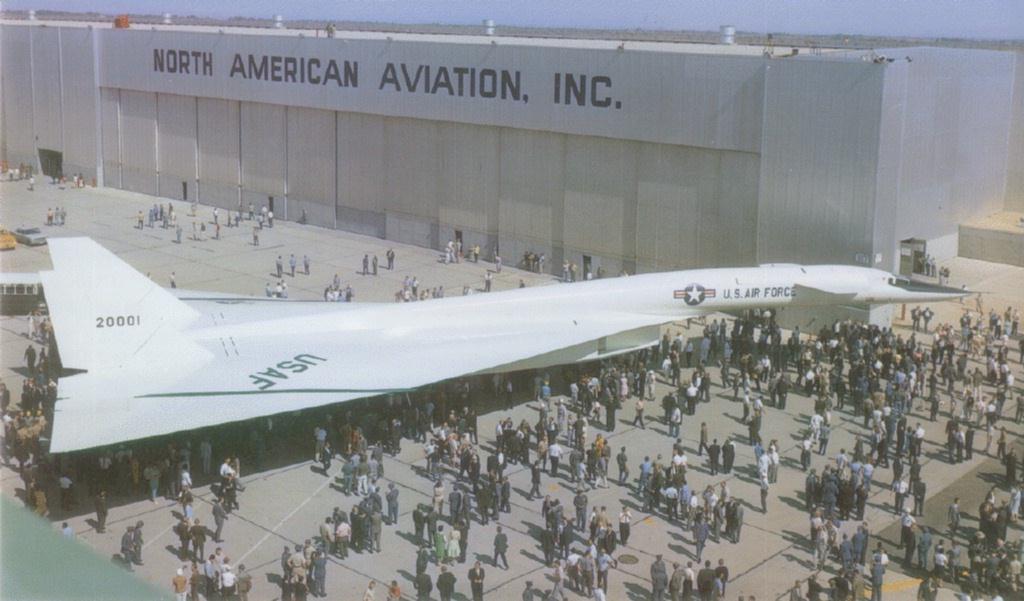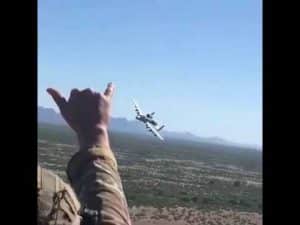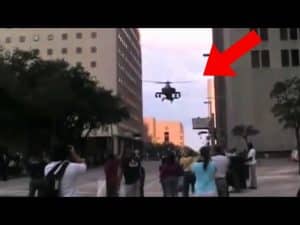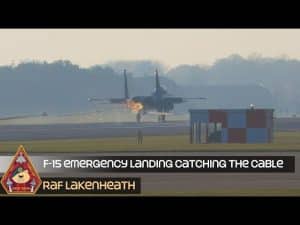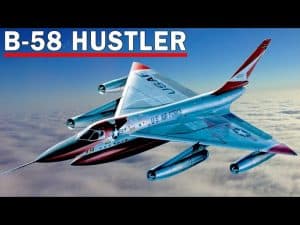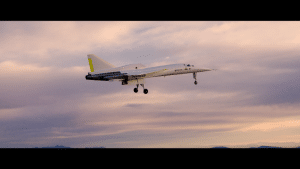Hitting Mach 3 – XB-70 Valkyrie The World’s Fastest Nuclear Bomber
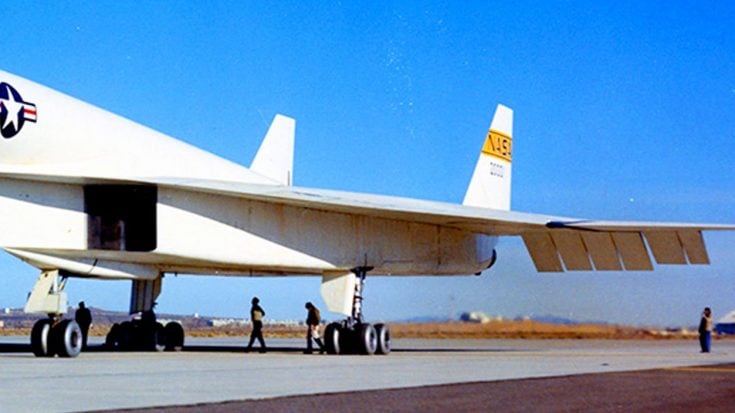
Boeing
Flight Of The Valkyrie.
The North American Aviation XB-70 Valkyrie is am immense, exotic and incredibly fast supersonic bomber. Many have never seen the Valkyrie because only two models of the prototype jet were built and used for testing. So what is the history of the XB-70, the world’s fastest supersonic bomber?
Introduced in 1964 the XB-70 was planned as a supersonic bomber as well as a research aircraft. It underwent rigorous testing over a period of five years to ensure that it was suitable for combat missions. Equipped with six engines it had no trouble hitting a top speed of Mach 3 while flying at over 70,000 feet. Those high speeds allowed it to easily outpace enemy fighters and missiles targeting it.
General Characteristics
- Crew: 2
- Length: 189 ft 0 in (57.6 m)
- Wingspan: 105 ft 0 in (32 m)
- Height: 30 ft 0 in (9.1 m)
- Wing area: 6,297 ft2 (585 m2)
- Airfoil: Hexagonal; 0.30 Hex modified root, 0.70 Hex modified tip
- Empty weight: 253,600 lb (115,030 kg; operating empty weight)
- Loaded weight: 534,700 lb (242,500 kg)
- Max. takeoff weight: 542,000 lb (246,000 kg)
- Powerplant: 6 × General Electric YJ93-GE-3 afterburning turbojet
- Dry thrust: 19,900 lbf[78] (84 kN) each
- Thrust with afterburner: 28,800 lbf[79] (128 kN) each
- Internal fuel capacity: 300,000 lb (136,100 kg) or 46,745 US gallons (177,000 L)
Performance
- Maximum speed: Mach 3.1 (2,056 mph, 3,309 km/h)
- Cruise speed: Mach 3.0 (2,000 mph, 3,200 km/h)
- Range: 3,725 nmi (4,288 mi, 6,900 km) on combat mission
- Service ceiling: 77,350 ft (23,600 m)
- Wing loading: 84.93 lb/ft2 (414.7 kg/m2)
- Lift-to-drag: about 6 at Mach 2[113]
- Thrust/weight: 0.314
The development program of the XB-70 was a success but it was not without accidents. On June 8th, 1966 during a promotional photo shoot an F-104 underestimated its distance from the Valkyrie and crashed into its wing. Unfortunately, the XB-70 program was canceled in 1969 and the only remaining model remained in storage.
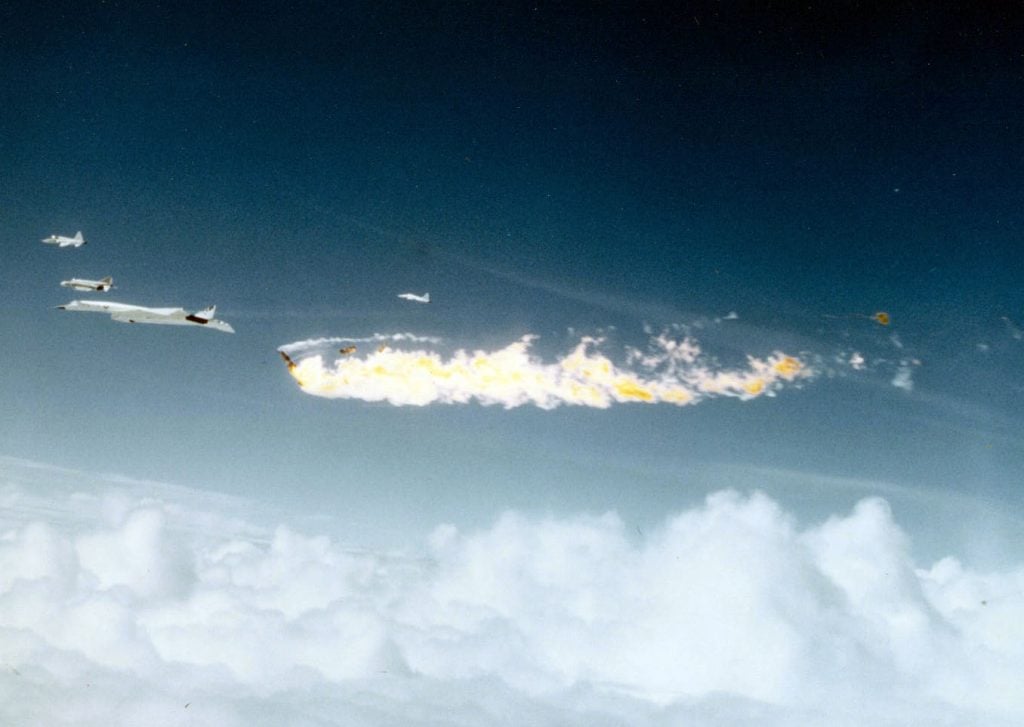
There is some good news, Jeff Duford the curator of the National Museum of the U.S. Air Force has successfully moved the only remaining Valkyrie into a public display. Take a look at this video showing the rich history of the XB-70 and its exciting test footage.












